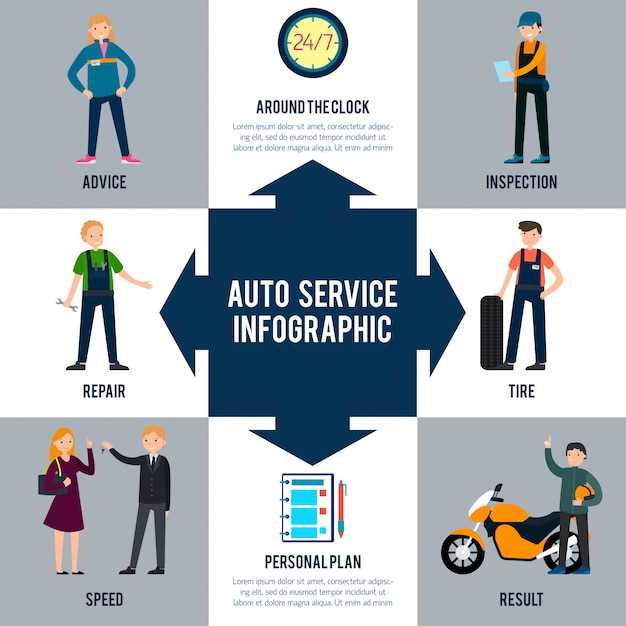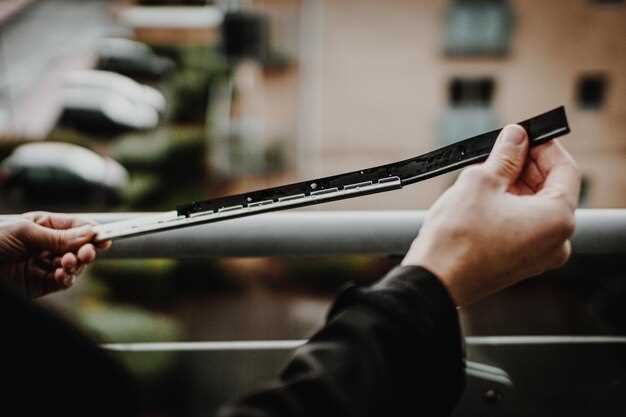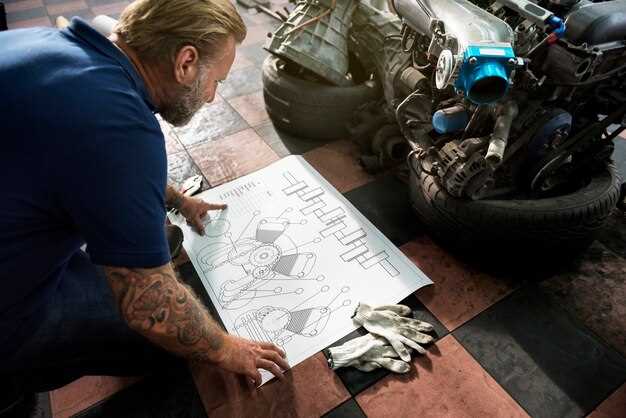
Proper maintenance is essential for every motorcycle owner who wishes to extend the lifespan and performance of their bike. A well-maintained motorcycle not only ensures a smooth ride but also enhances safety on the road. This article presents a comprehensive maintenance checklist that every rider should follow to keep their two-wheeled companion in top condition.
Regular care of your motorcycle involves various tasks that can significantly affect its functionality and reliability. From checking tire pressure to inspecting brake systems, each item on the checklist contributes to the overall health of your bike. Implementing these simple yet effective maintenance practices will help you avoid unexpected breakdowns and costly repairs.
By following this basic maintenance guide, motorcycle owners can gain confidence in their ability to care for their machines. Whether you are a seasoned rider or a newcomer, understanding the fundamental aspects of motorcycle upkeep is vital for both performance and safety. Let’s dive into the essential tasks that should be part of your regular maintenance routine.
Daily Pre-Ride Inspection: Key Components to Check
Before hitting the road, it’s essential to perform a daily pre-ride inspection of your motorcycle. This simple checklist helps ensure that your bike is in optimal condition, which is critical for safe riding. Here are the key components to check:
1. Tires: Inspect tire pressure and tread depth. Ensure that both front and rear tires are inflated to the recommended PSI. Look for any signs of damage, such as cuts or punctures. Proper tire care enhances grip and handling.
2. Brakes: Test both front and rear brakes for responsiveness. Inspect brake pads and discs for wear and tear. Ensure that brake fluid levels are adequate. Functional brakes are vital for rider safety.
3. Lights: Check all lights, including headlights, brake lights, and turn signals. Make sure they are operational and free from obstructions. Good visibility is key for both the rider and other road users.
4. Fluid Levels: Verify levels of engine oil, coolant, and brake fluid. Regularly topped-up fluids contribute to the longevity of your bike’s performance. Change any low or dirty fluids as soon as possible.
5. Chain and Drive: Inspect the drive chain for proper tension and lubrication. A well-maintained chain reduces wear and ensures smoother rides. Keep an eye out for any signs of rust or damage.
6. General Condition: Look over the overall condition of your bike. Check for loose bolts, missing components, or leaks. Keeping your bike in top shape requires regular attention to even the smallest details.
By following this pre-ride inspection checklist, you demonstrate care for your motorcycle and enhance your safety on the road. Daily checks can prevent minor issues from becoming significant problems, ensuring enjoyable and secure rides.
Fluid Levels and Tire Condition: Maintaining Optimal Performance

Regular maintenance is essential for optimal motorcycle performance, and two critical areas to monitor are fluid levels and tire condition. This checklist outlines the necessary steps to ensure both aspects are in excellent shape, enhancing safety and ride quality.
First, check all fluid levels regularly. Start with engine oil, ensuring it is at the proper level and clean. Oil should be replaced according to the manufacturer’s recommendations, usually every few thousand miles. Next, inspect the coolant level in the radiator or overflow tank. Proper coolant levels prevent overheating and ensure efficient engine operation.
Brake fluid is crucial for effective stopping power. Check its level and condition, replacing it as needed, typically every two years. Chain lubricant is also important; apply it regularly to avoid wear and maximize power transfer.
Tire condition plays a vital role in overall performance and safety. Begin with a visual inspection of the tread. Ensure there is sufficient tread depth, as this affects grip and handling. Use the penny test or a tread depth gauge to measure. Additionally, inspect the tires for any cracks, bulges, or foreign objects embedded in the rubber.
Check tire pressure regularly, as under-inflated or over-inflated tires can impact handling and fuel efficiency. Consult the owner’s manual for the recommended tire pressure and adjust as necessary. Remember to check pressure when the tires are cold for the most accurate reading.
Regular attention to fluid levels and tire condition will help maintain your motorcycle’s performance, ensuring a safe and enjoyable riding experience. Incorporate these checks into your maintenance routine to keep your bike in top shape.
Scheduled Maintenance Tasks: What to Include in Your Calendar

Maintaining your motorcycle is essential for ensuring its longevity and performance. To keep your bike in optimal condition, it’s crucial to establish a scheduled maintenance checklist that you can follow throughout the year. Here are key tasks to include in your calendar:
Oil Change: Regularly changing the oil is vital for engine health. Plan to change the oil and filter every 3,000 to 5,000 miles, or as recommended in your owner’s manual.
Tire Inspection: Check tire pressure and tread depth monthly. Replace tires when tread wears down to 2/32 of an inch. Balance and alignment should be checked during tire changes.
Brake System Check: Inspect brake pads, lines, and fluid every 6,000 miles or at least twice a year. Replace pads when they reach wear indicators to ensure optimal stopping power.
Chain Maintenance: Clean and lubricate the chain every 500 to 1,000 miles, adjusting tension as needed. Regular care will extend the life of the chain and improve performance.
Battery Care: Inspect battery terminals and connections every six months. Clean any corrosion, and ensure the battery is charged, especially before long trips or winter storage.
Coolant and Fluid Levels: Check all fluid levels, including coolant, brake fluid, and clutch fluid, every month. Top off as necessary and replace fluids based on the service manual recommendations.
Air Filter Inspection: Check the air filter every 6,000 miles. Clean or replace it to ensure optimal airflow and engine efficiency.
Spark Plug Replacement: Replace spark plugs every 8,000 to 10,000 miles to maintain engine performance and fuel efficiency. Check them for wear and carbon buildup.
By incorporating these tasks into your maintenance calendar, you can ensure your bike receives the necessary care it needs, helping to avoid potential issues and costly repairs in the future. Regular maintenance fosters a safe and enjoyable riding experience.




